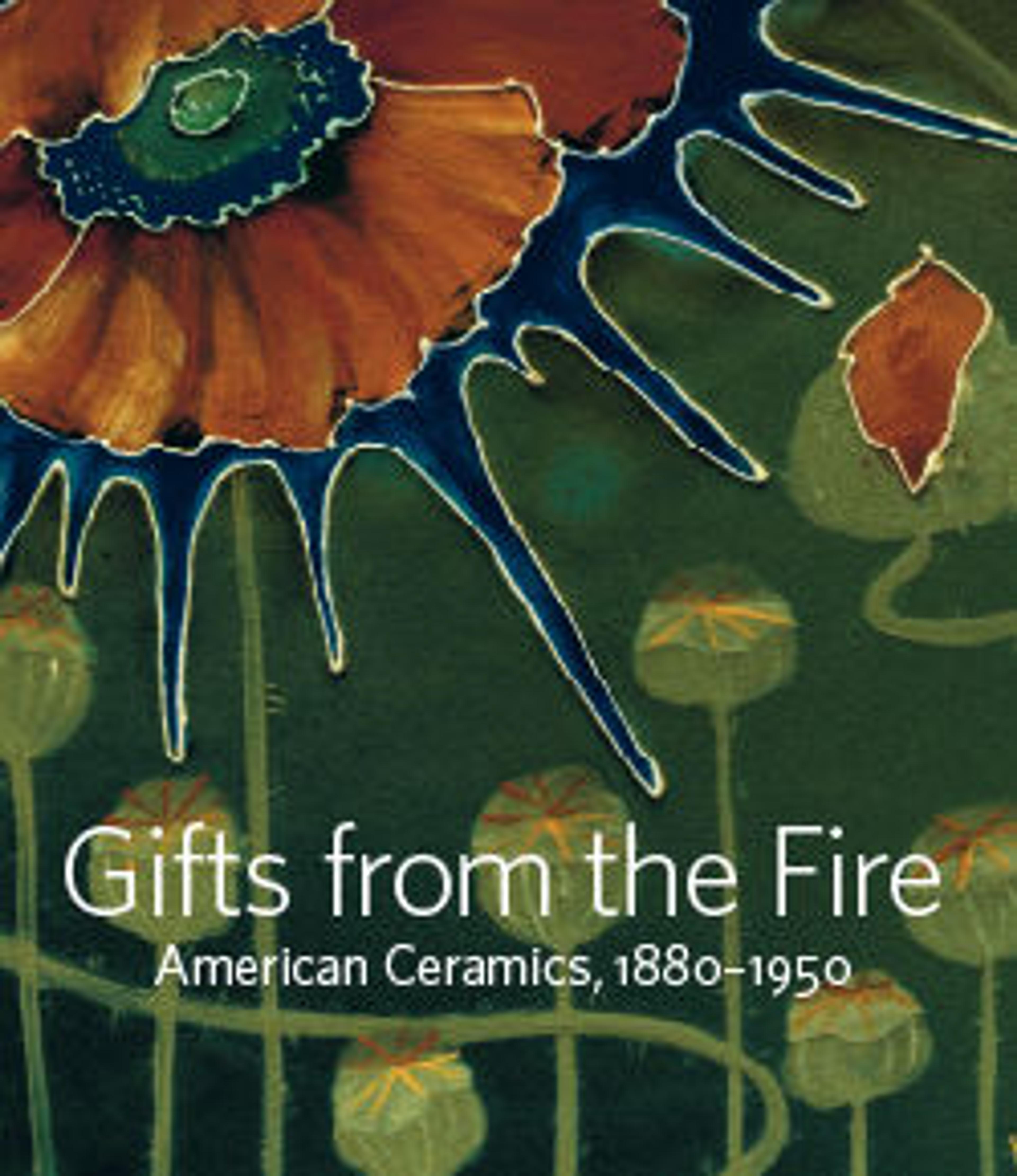Butter Bus
Helen Hokinson, one of the country’s most celebrated cartoonists, also worked briefly in pottery, creating small ceramic figural works. Her cartoons, featured in the New Yorker magazine, humorously portrayed matronly suburban women facing the problems of modern life from a female point of view—a feminist stance which though humorous, often had serious undertones. Her ceramics are essentially three-dimensional extensions of her cartoons. This sculpture shows a rather stout woman paddling a small canoe that is aptly named “Butterball.” Neither her dress nor hat, much less her ample figure, stop her from partaking in this physical exercise. Originally this sculpture had as its companion an equally stout woman carrying a sign asking for the return of beer—a rather comic response to the deprivations of Prohibition. Much of the humor of Hokinson’s sculptures, of course, come from her inversion of traditionally gendered roles.
Artwork Details
- Title: Butter Bus
- Maker: Helen E. Hokinson (American, Mendota, Illinois 1893–1949 Washington, D.C.)
- Date: 1932
- Geography: Made in New York City, New York, United States
- Culture: American
- Medium: Ceramic
- Dimensions: H. 5 5/8 in.; L. 7 ½ in.
- Credit Line: Gift of Martin Eidelberg, 2020
- Object Number: 2020.64.50
- Curatorial Department: The American Wing
More Artwork
Research Resources
The Met provides unparalleled resources for research and welcomes an international community of students and scholars. The Met's Open Access API is where creators and researchers can connect to the The Met collection. Open Access data and public domain images are available for unrestricted commercial and noncommercial use without permission or fee.
To request images under copyright and other restrictions, please use this Image Request form.
Feedback
We continue to research and examine historical and cultural context for objects in The Met collection. If you have comments or questions about this object record, please complete and submit this form. The Museum looks forward to receiving your comments.
